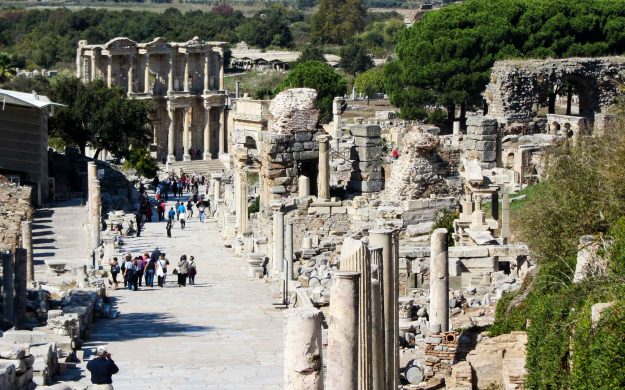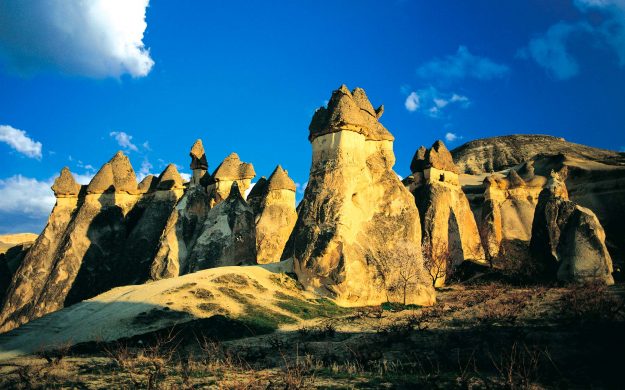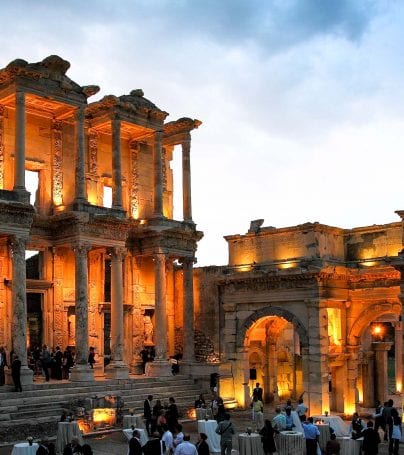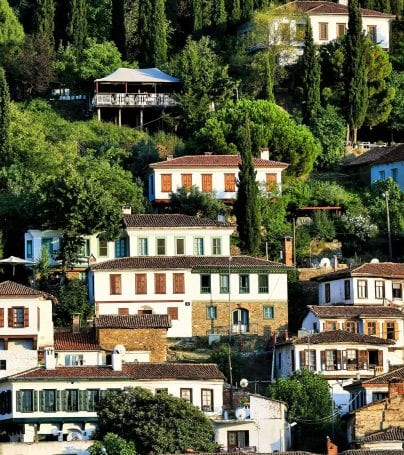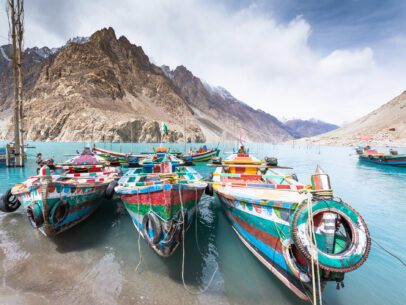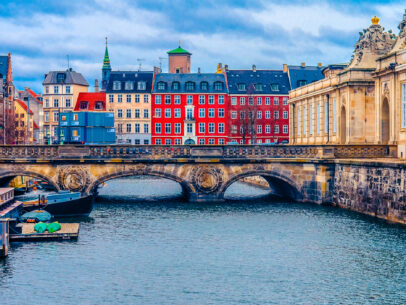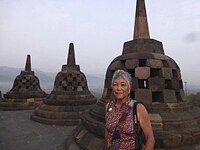Konya Adventure Tours
Konya is a city in the Central Anatolia Region of Turkey. It is the capital of the Konya Province, and had a city population of 1,003,373 in 2009, while the provincial population (including the other urban centers in the Konya Province) was 1,959,082 in the same year. Konya, also spelled in some historic English texts as Konia or Koniah, was known in classical antiquity and during the medieval period as Iconium in Latin, and Ἰκόνιον (Ikónion) in Greek. The name Konya is a cognate of icon, as an ancient Greek legend ascribed its name to the “eikon” (image), or the “gorgon’s (Medusa’s) head”, with which Perseus vanquished the native population before founding the city.
Excavations have shown that the region was inhabited during the Late Copper Age, around 3000 BC. The city came under the influence of the Hittites around 1500 BC. These were overtaken by the Sea Peoples around 1200 BC. The Phrygians established their kingdom in central Anatolia in the 8th century BC. Xenophon describes Iconium, as the city was called, as the last city of Phrygia. The region was overwhelmed by Cimmerian invaders c. 690 BC. It was later part of the Persian Empire, until Darius III was defeated by Alexander the Great in 333 BC. Alexander’s empire broke up shortly after his death and the town came under the rule of Seleucus I Nicator. During the Hellenistic period the town was ruled by the kings of Pergamon. As Attalus III, the last king of Pergamon, was about to die without an heir, he bequeathed his kingdom to Rome. Under the rule of emperor Claudius, the city’s name was changed to Claudioconium, and during the rule of emperor Hadrianus to Colonia Aelia Hadriana.
Saint Paul and Barnabas preached in Iconium during the First Missionary Journey in about 47-48 AD (see Acts 14:1-5 and Acts 14:21), and Paul and Silas probably visited it again during the Second Missionary Journey in about 50 (see Acts 16:2).[4] In Christian legend, it was also the birthplace of Saint Thecla. During the Byzantine Empire the town was destroyed several times by Arab invaders in the 7th-9th centuries.
The city was conquered by the Seljuk Turks following the Battle of Manzikert in 1071, and from 1097 to 1243 it was the capital of the Anatolian Seljuk Sultanate, though very briefly occupied by the Crusaders Godfrey of Bouillon (August 1097) and Frederick Barbarossa (May 18, 1190). The name of the town was changed to Konya by Rukn al-Dīn Mas’ūd in 1134.
Konya reached the height of its wealth and influence as of the second half of the 12th century when Anatolian Seljuk sultans also subdued the Anatolian beyliks to their east, especially that of the Danishmends, thus establishing their rule over virtually all of eastern Anatolia, as well as acquiring several port towns along the Mediterranean (including Alanya) and the Black Sea (including Sinop) and even gaining a momentary foothold in Sudak, Crimea. This golden age lasted until the first decades of the 13th century.
By the 1220s, the city was filled with refugees from the Khwarezmid Empire, fleeing the advance of the Mongol Empire. Sultan Alā al-Dīn Kayqubād bin Kaykā’ūs fortified the town and built a palace on top of the citadel. In 1228 he invited Bahaeddin Veled and his son Mevlana (Rumi), the founder of the Mevlevi order, to settle in Konya.
In 1243, following the Seljuk defeat in the Battle of Köse Dag, Konya was captured by the Mongols as well. The city remained the capital of the Seljuk sultans, vassalized to the Ilkhanate until the end of the century.
Following the fall of the Anatolian Seljuk Sultanate, Konya was made an emirate in 1307 which lasted until 1322 when the city was captured by the Beylik of Karamanoğlu. In 1420, Karamanoğlu fell to the Ottoman Empire and, in 1453, Konya was made the provincial capital of the Ottoman Province of Karaman.
Under the Ottoman Empire, in the vilayet system established after 1864, Konya was the seat of the Vilayet of Konya.
According to the 1895 census, Konya had a population of nearly forty-five thousand, of which 42,318 were Muslims, 1,566 were Christian Armenians and 899 were Christian Greeks. There were also 21 mosques and 5 Churches in the town. A still-standing Catholic church was built for the Italian railroad workers in the 1910s. By 1927, after the Greco-Turkish population exchange accord of 1923, the city’s population became almost exclusively Muslim.
Konya has hot and dry summers with an average of 30°C (86°F). However, usually temperatures are much higher and quite often reach +40°C (104°F).
Konya has the reputation of being one of the more religiously conservative metropolitan centers in Turkey. It was once known as the “citadel of Islam” and is still more devout than other cities. Konya was the final home of Rumi, whose followers established in 1273 the Mevlevi Sufi order of Islam in this city and became known as the whirling dervishes.
Konya produced Turkish carpets that were exported to Europe during the Renaissance. These expensive, richly-patterned textiles were draped over tables, beds, or chests to proclaim the wealth and status of their owners, and were often included in the contemporary oil paintings as symbols of the wealth of the painter’s clients.
Customize Your Dream Adventure
We are here to help craft tailor-made adventures for individuals, couples, families, and groups of explorers.

